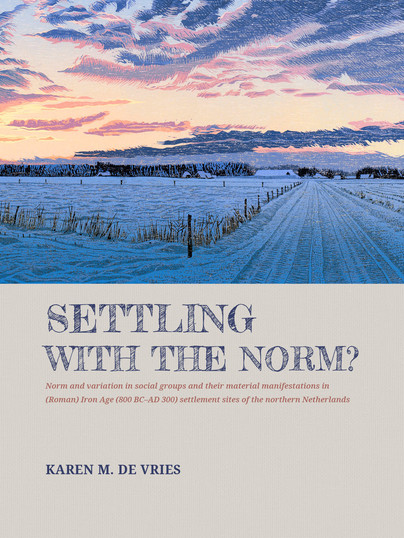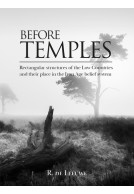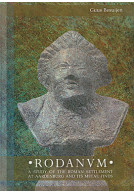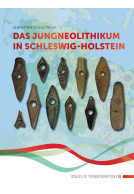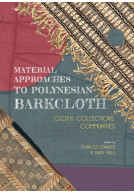Settling with the norm? (Paperback)
Norm and variation in social groups and their material manifestations in (Roman) Iron Age (800 BC–AD 300) settlement sites of the northern Netherlands
Imprint: Sidestone Press
Pages: 286
Illustrations: 58fc / 96bw
ISBN: 9789464280210
Published: 28th December 2021
Script Academic & Professional
Pages: 286
Illustrations: 58fc / 96bw
ISBN: 9789464280210
Published: 28th December 2021
Script Academic & Professional
This book will be reprinted and your order will be released in due course.
You'll be £45.00 closer to your next £10.00 credit when you purchase Settling with the norm?. What's this?
+£4.99 UK Delivery or free UK delivery if order is over £40
(click here for international delivery rates)
Need a currency converter? Check XE.com for live rates
(click here for international delivery rates)
Need a currency converter? Check XE.com for live rates
When studying later prehistoric societies, it is evident that shared practices, as well as variations, exist in the settlement record. Traditionally, the emphasis has mainly been on the elements shared on large scales, the widely shared norms. Variations in material culture have received little attention. This is regrettable, because through the study of both norm and variation in material culture, it is possible to understand how people are part of larger communities and, at the same time, express their affiliation to smaller social groups. In this book, housebuilding practices, general deposition practices and special deposition practices from (Roman) Iron Age (800 BC-AD 300) settlements in the northern Netherlands are studied on different scales as practices that can be similar and different at the same time. Based on the analyses, normativity and variation in material culture can be understood in different ways. For the whole period of research, housebuilding and (special) deposition practices are best understood as nested practices, in which spatial and social scales played different roles throughout the period of research. In addition to this, it has become evident that the degree of normativity, and thus of variation, visible in the archaeological record differed between subperiods, but could also vary between the practices within one subperiod. This means that, at the same time, large-scale affiliations could be stressed in one practice, while the importance of the smaller social group was emphasised in another practice.More than just searching for a better understanding of the (Roman) Iron Age societies in the northern Netherlands, this thesis also aims to understand how the use of typochronologies and the choices researchers make influence our understanding of the past. This thesis is therefore not only of interest for researchers studying later prehistoric settlements but also for those interested in archaeological methodology in general.
Other titles in Sidestone Press...







